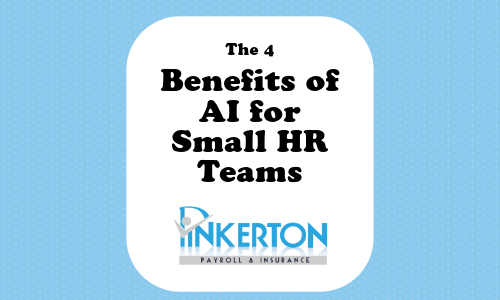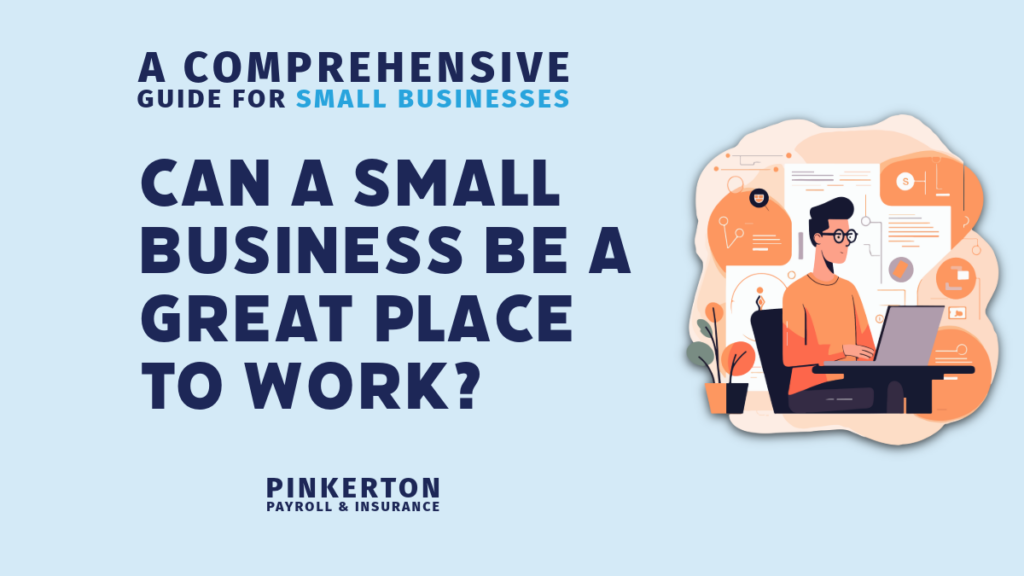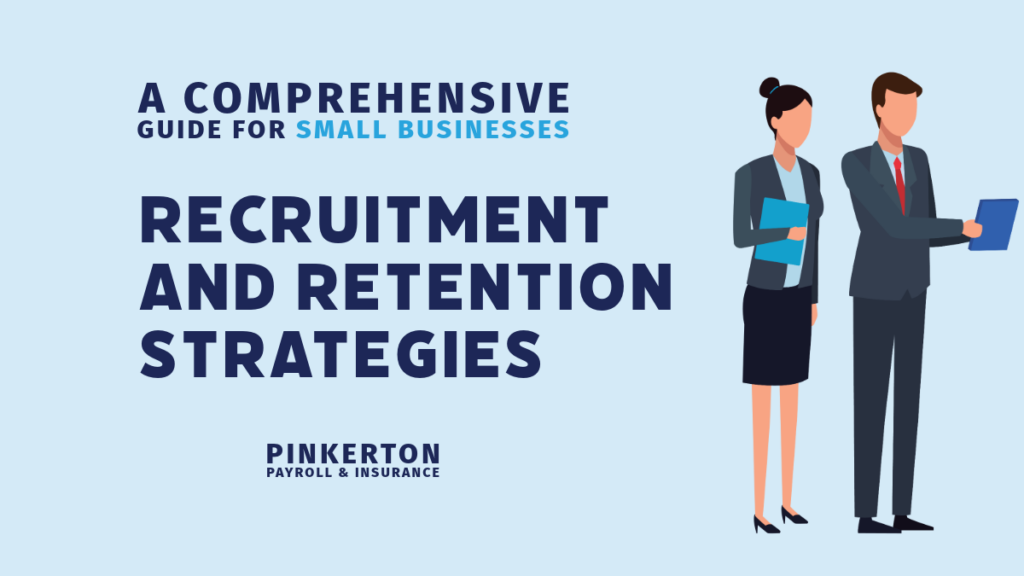The 4 Benefits of AI for Small HR Teams
This blog post was originally published by UKG – inspiring every organization to become a great place to work through HR, pay, workforce management, and culture technology built for all. Artificial intelligence (AI) is everywhere today, and for many of us, it can all seem a bit overwhelming — especially when it comes to leveraging it for your business and reaping the benefits of AI in HR. But once you’ve got all the facts, it’s easy to see how AI can make day-to-day work for you and your HR team more efficient and impactful than ever. Let’s start with the basics. Simply put, AI is the use of computers to do things that have traditionally required human intelligence. Its algorithms classify, analyze and form predictions from data, then learn from the new data created to improve over time. You use AI every day in devices like smart thermostats, speakers and security cameras. You use AI every day in devices like smart thermostats, speakers, facial recognition, and security cameras. This type of technology has been leveraged in the workplace for decades. Examples of workplace AI include scheduling recommendations based on a variety of requirements, notifications for possible errors from your payroll solution, and recommendations on how to interpret reports. Generative artificial intelligence, or GenAI, is a subset of AI with algorithms that can be used to create new content, such as text, images, video or code. Maybe you’ve experimented with various GenAI chatbots to see what they can do. But as much fun as it is to see how you might look as a superhero, AI and GenAI tools have many valuable business applications that are revolutionizing the ways we work today. If your organization uses a human capital management (HCM) platform, you’ve probably already seen AI in the form of automated administrative tasks, personalized learning or virtual assistants. But what does all the recent buzz about AI and GenAI mean for HR teams — especially those in smaller to mid-sized businesses? To separate fact from fiction, here are four common misconceptions and the actual benefits of AI for HR to show how it can transform the way your HR team manages your organization’s people and can meet its business challenges. Misconception: The benefits of AI for HR only apply to large enterprise and/or high-tech organizations. Actual benefit: AI makes work easier and more efficient for all organizations and HR teams. It’s not surprising that many people think AI isn’t for smaller organizations because sophisticated technology can seem overly complicated and out of reach. But the truth is, AI simplifies work for HR teams of all sizes by automating repetitive tasks while helping them make better data-driven decisions and focus on more strategic business initiatives. Most HCM technology solutions that manage HR, payroll, talent and time include AI that streamlines such tasks as recruiting and hiring, onboarding, performance management, compliance, and benefits administration. If you have received recommendations on how to create things like schedules or received notifications of possible errors, these tools are powered by AI. More recently, GenAI capabilities have been added to these solutions to guide employees, people managers and HR leaders with conversational insights, actions and answers to questions that can help their organizations become great places to work for all. These GenAI “sidekicks” provide meaningful, personalized information in the moment and recommend next steps so users always stay ahead. Misconception: AI will replace human workers. Actual benefit: AI enhances human capabilities such as creativity and reasoning. Although AI makes day-to-day work processes easier and more efficient, as an HR professional, you’ve likely heard employees express fear about losing their jobs “to a machine.” The reality is that, rather than replacing us, AI can be used to enhance the emotional intelligence that makes us human. After all, businesses are created and run by people, for people, so human emotions such as feeling empowered and connected, having empathy for others and taking pride in a job well done are always going to play a major role in business success — and something AI can’t remotely replicate. Additionally, AI could help smooth that path forward and help provide guidance on how to continue to foster the growth of your people and the company. To help your people, AI can be used to help you create flexible scheduling options to accommodate an employee’s personal obligations, spot concerning trends to address burnout, and streamline collaboration and reporting for more purposeful work. By allowing AI to give you a bird’s eye view and provide you with recommendations on how to move forward based on the data and proven practices, you’ll be able to leverage AI to make improvements you may not have otherwise seen. Misconception: AI is expensive and time-consuming to execute. Actual benefit: The long-term ROI of implementing AI outweighs short-term disruptions. Implementing AI for your small to medium-sized business may seem daunting, but resisting this technology could end up costing you more than you might realize in terms of lagging productivity and market competitiveness. The organizational efficiencies gained through AI can greatly offset the cost of implementation. And while it may take a while to get everyone up to speed on the new technology, making that time investment will greatly boost business growth and productivity in the long run. For HR teams specifically, AI tools can help enhance the entire HR lifecycle, from helping you create compelling job listings to attract top talent to giving you recommendations on how to retain your people as they continue to grow with your company. AI can also help your team become more knowledgeable and efficient, resulting in better decision-making and improved business outcomes. Misconception: Using AI is risky for HR. Actual benefit: AI’s full potential can be safely leveraged with the right data security and privacy safeguards. As with any new technology, accuracy and data privacy and security are going to be top-of-mind issues for any organization deploying AI tools — and for HR teams, that will mean prioritizing the safety of sensitive employee and company information. This
The 4 Benefits of AI for Small HR Teams Read More »





